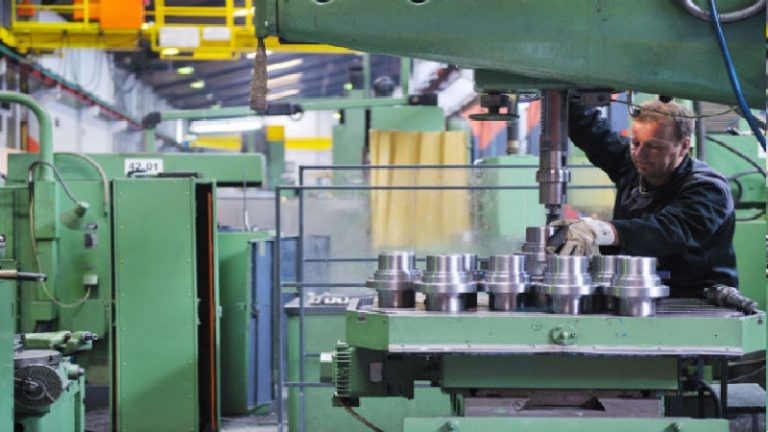In such mechanical operations as machining, the tools play a significant role in performing the requisite job. With precision CNC machining, all cutting tools must be accurate. They must fulfill their obligations, providing work cut to exacting specifications. In other words, all machine tools must respond to the actions of their operators with precise tolerances and consistency.
Purpose of CNC Machining
CNC machines have a singular purpose. Operators rely on them to produce a precise and accurate workpiece. Whether this involves cutting or other actions, the product must meet regulatory specifications and customer demands.
CNC machining is not only precise; it also has extremely high repeatability levels. By using CNC equipment, an operator can reproduce the exact workpiece time-after-time. Moreover, the process conquers the problem of complex, intricate and odd shapes with ease. What once was extremely difficult or impossible through manual machining is not through CNC machining.
Common CNC Machine Tools
CNC (computer numerical control) for machining is no longer an option. It is a necessity for metalworking and machine shops to install this type of equipment. It not only makes precision work simpler, it also makes cutting through certain materials easier. The list of CNC tools available for machining is extensive. The most common ones are:
* Cylindrical Grinders
* Laser Cutting Machines
* Laser Marking Machines
* Machining Centers
* Multiple Spindle Machines
* Pipe or Tube Bending Machines
* Plasma Cutting Machines
* Press Brakes
* Surface Grinders
* Tool and Cutter Grinders
* Turning Centers
* Waterjet Cutting Machines
Of these various types, the precision CNC machining center is the most common.
Precision CNC Machining
With CNC machining, the goal is to take a workpiece and, following specifications, produce an accurate result. Precision CNC machining achieves precise, repeatable results utilizing the power of CNC and CAM programming. This is valid for producing both simple and intricate shapes from the substrate surface. Moreover, the use of this technology also is capable of reducing material waste while decreasing the downtime for retooling.

